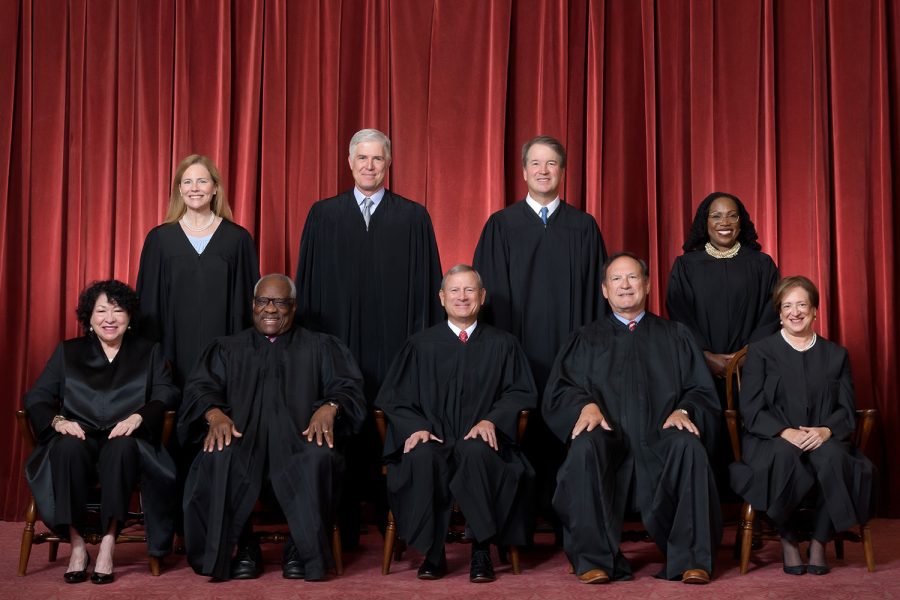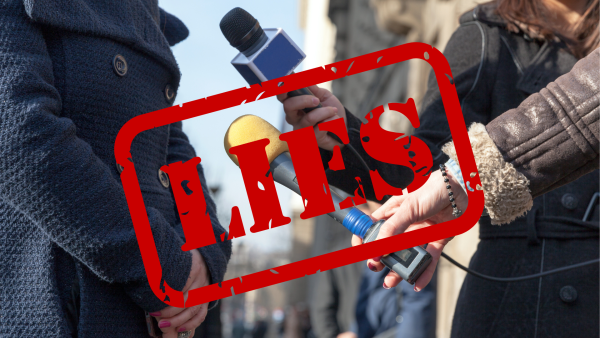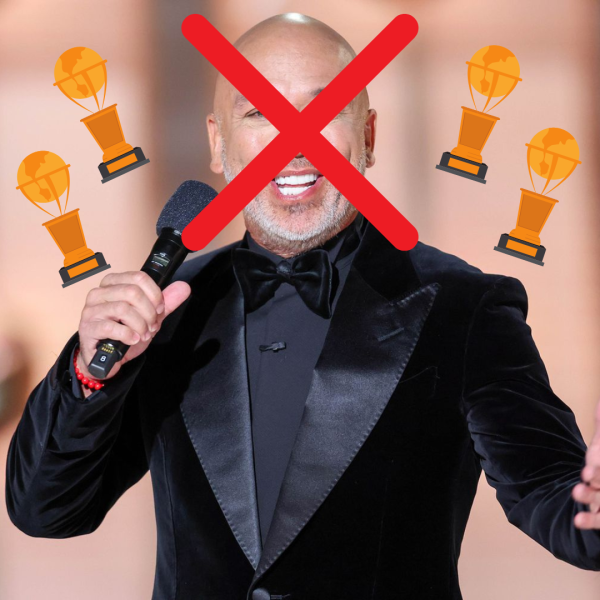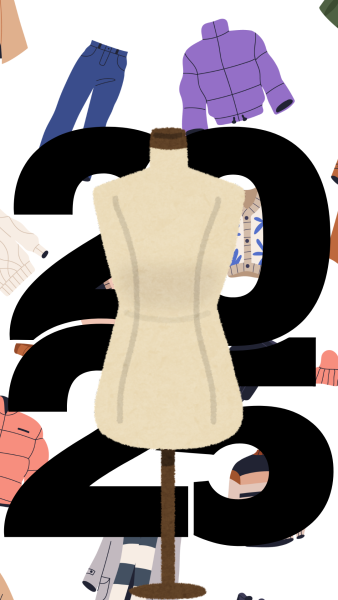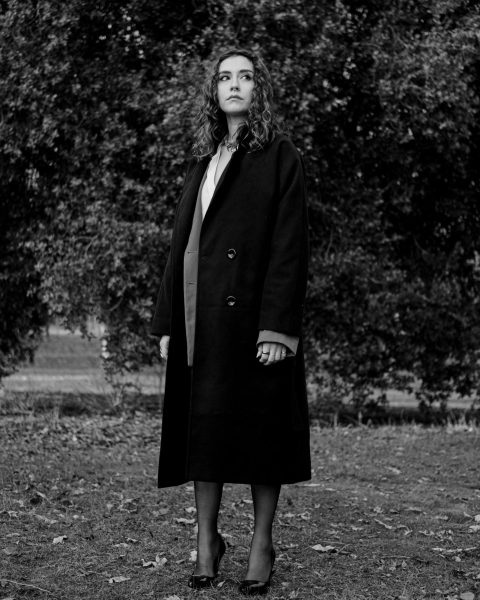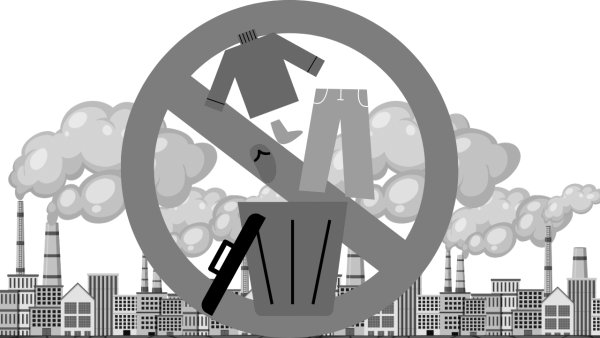How is Roe V. Wade really affecting women?
Collection of the Supreme Court of the United States
In May of 2021, we published an issue of The Scroll that ran a very controversial article I wrote: Male privilege in society today. How did I know this was controversial? I was approached by someone in my class (yes, a straight white cis guy) and he lectured me about how my article was “wrong” and that I “didn’t understand.” I forget the specifics of what he said because I frankly didn’t care.
I write these types of articles to educate those who don’t think to research about these kinds of things, but if you pick up this article, read it, and then you’re too stubborn and selfish to realize that these issues still very much exist, then there’s nothing I can do to help you.
Am I being harsh? Yes, and I know that. But I feel dismissive when I’m not speaking up strongly on issues that can literally kill women.
As the year and a half since the first article was written has passed, things unsurprisingly changed a lot in our world. The most relevant of these changes to this article was obviously the overturning of Roe V. Wade. I’ll spare the details because we’ll be running a separate article in this paper outlining it, but it’s crucial that I talk about it for the sake of the point I’m trying to get across.
The thing that ties most people up about abortion is the moral issue: Are you killing a baby? Nothing but a few cells? What about the mother’s life? Cases of rape and incest? It’s a very divided issue and it’ll stay divided for the foreseeable future, but the important thing is that it was federally legal in our country since 1973 and only reversed nearly 50 years later when certain conservatives were appointed to the Supreme Court.
You could chalk this up to the bickering between the two political parties that dominate our country, almost like the fighting of angry parents, but the reality is that making abortion a state decision puts too many of our country’s citizens at risk. According to Guttmacher Institute, a research organization for sexual and reproductive health, 58% of women ages 13-44 live in a state that is hostile or extremely hostile to abortion.
Although the Supreme Court didn’t technically outlaw abortion, it was known that half of the states had trigger laws that would automatically forbid it. The justices knew what they were doing when they decided to review the 1973 case.
There has already been a case in Ohio in which a 10-year-old girl had gotten pregnant due to rape, but the court deemed her too far along to get an abortion. The girl had to travel to Indiana to get the procedure done, which shouldn’t be a thing people have to do.
The reason why this is such a crucial thing for human rights is because whether you’re pro-life or pro-choice or what have you, the fact of the matter is that abortion is a basic health right for anyone with a uterus. This is even more problematic due to medical coding: an abortion is coded the same as a miscarriage; there is no separate coding for an active choice to end a pregnancy.
Instead of boring you with arguments you’ve probably already heard from the side of the affected group, let’s talk about what this means for men. In simple terms: what does this decision have to do with men?
Very little. And almost nothing for their own physical well-being. That’s what makes this decision so uncalled for; men are not directly impacted in the slightest. Sure, boys and men might worry about their moms, sisters, girlfriends, wives, and even female friends a bit more.
Five out of eight justices voted for overturning Roe V. Wade and out of those five, four were men. In fact, two out of the three that voted against it were women. Here are some more simple terms for those confused: Men are making health decisions about women and what they can and can’t do for their bodies which, in turn, does not affect them. This is a problem for me and many other women.
In 1787, the constitution of the United States was written by the founding fathers. At the time, women weren’t allowed to vote and were considered property. Abortions were also relatively normal, just kept under wraps. In 1821, Connecticut was the first U.S. state to make abortion illegal. By the 1900s, it was illegal in every state until 1973. The point of the matter is that women were barely considered people at the time of writing the constitution so it’s a faulty thing to rely on in the issue that is abortion, or even to be relied on at all for a lot of modern day issues. Many countries refresh their constitutions every few years which does have its downsides, but it’s usually easier to rely on something that’s very much up to date.
This decision also disproportionately affects women in poverty and, in turn, women of color. Not everyone has the money and resources to travel across states to get an abortion like the 10 year old from Ohio which means countless Americans will be getting illegal, unsafe abortions in states that don’t allow them.
I’m a huge activist for equal rights if you couldn’t already tell from this article. I’m super passionate about advocating for people and making things right. If you have any questions or you would just like to discuss something with me, you can find me around the school and just start up a conversation if you wish. I’m really not that scary. Regardless, I know this article will make a lot of people mad but it will also make a lot of people happy and educate those who never realized the implications of the overturning of Roe V. Wade. Thank you for reading.
Your donation will support the student journalists of Fargo North High School. Your contribution will allow us to resume physical printing of our newspaper for students at Fargo North!
I'm the editor-in-chief for The Scroll this year. Journalism is one of my few passions and what I'll be doing after high school at MSUM. I'm also involved...
